A pioneering offshore wind firm has unveiled details of its multi-billion pound plans aimed at decarbonising “every platform” sitting in Scottish waters of the North Sea.
Cerulean Winds is making a bid for four huge gigawatt-scale sites from Crown Estate Scotland when an auction process opens in August, expected to cost around £6 billion each.
If successful in the so-called Innovation and Targeted Oil and Gas (Intog) leasing process, the company expects it will spend around £6 billion on each site.
Futher the company estimates the work would create over 10,000 UK jobs, with the majority of these in Scotland.
It further pledges that “full fabrication and assembly” of the wind turbine towers and foundations will take place in Britain.
The aim is to help the Scottish supply chain build up scale and expertise now as key ScotWind contracts approach later in the decade.
It comes as Crown Estate Scotland is due to open Intog auction next month, a scheme specifically designed to deliver floating wind farms that will power to offshore oil and gas platforms with green energy.
Cerulean – Intog
Ultimately, through its electrification plans and other means like use of green hydrogen, Cerulean thinks it can help every offshore installation reach government-mandated emissions reduction targets of 25% by 2027 and 50% by 2030.
Engineering firm NOV has been hired as the lead contractor – which has in turn signed a memorandum of understanding (MoU) with the UAE-based fabricator Lamprell on the foundations.
Despite this, though, Cerulean has pledged that fabrication of the foundations and towers will be in the UK.
It added that the “expectation is for our partners to be in the UK” to build out capacity for heavy fabrication and “the levels of work involved would lead to substantial inward investment in the Scottish economy”.
Director Mark Dixon said: “We want to create a system that allows every platform, if it can, to decarbonize and by creating an affordable base cost of power, you provide that opportunity.
“When we talk about scale of this to any group initially they say, ‘wow, that’s big’,” he added, but “the climate challenge is enormous, we cannot produce enough green energy fast enough as a planet to do what we need to do – so of course it’s big”.
Lego set
The plans are modular and can therefore be built up “like a Lego set for energy generation”, delivering economies of scale.
The firm is the brainchild of offshore engineering pioneers Dan Jackson and Mr Dixon, whose previous venture DeepSea Engineering was been bought up by McDermott International.
Last year Cerulean announced a similar scheme to this, but it has been tweaked for the Intog round which has since been unveiled by the Scottish Government.
Electrons and molecules – how does it work, how is it funded?
At its heart is the ambition for four separate sites – one each to the east and west of Shetland and two in the central North Sea.
Because offshore wind is intermittent, the windfarms need to deliver several times more power than required for the platforms, hence the gigawatt scale.
Excess power will be converted into green hydrogen sent to a processing plant at Shetland – and to one or two others in northern Scotland and east of England – to deliver to local markets.
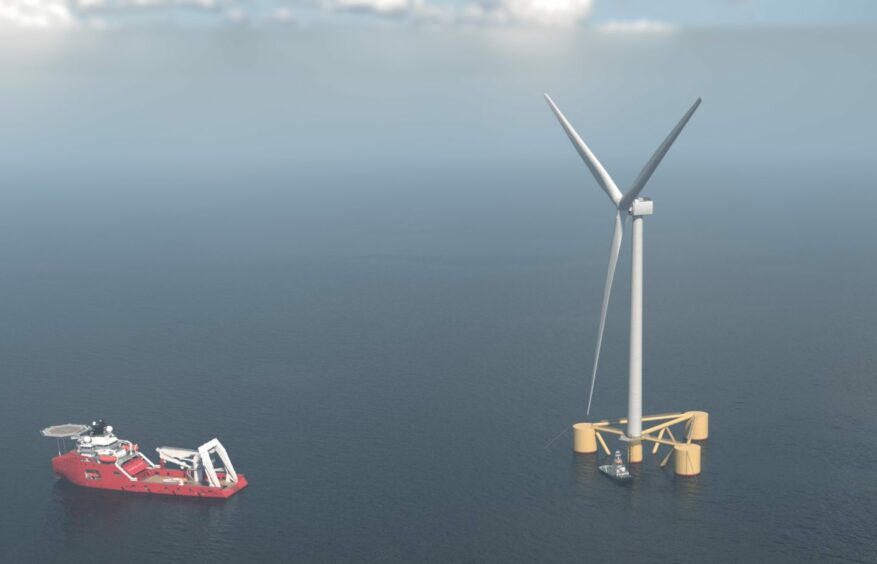
Each site will be funded via a special purpose vehicle (SPV), owned by Cerulean Winds and institutional investors, covering 30% of the capital needed.
The remaining 70% of funds will be drawn from the infrastructure debt market, where investment banks Societe Generale and Piper Sandler have been engaged.
Cerulean said it has no concerns over meeting the funding targets, with investors sitting “on stand-by” but money won’t flow until Intog leases are secured.
Taking this approach means oil and gas firms will be insulated from development costs and will only need to “plug and play” for the power they use, at a guaranteed price – the company is also in discussions about flexibility in power purchase agreements for platforms whose cessation of production dates are uncertain, and therefore have unclear economics.
However power costs are only one piece of the puzzle, with some operators facing “prohibitive” costs to modify platforms for electrification.
Electrification of older platforms as complicated as ‘open heart surgery’, Shell chief says
In these cases, a supply chain consortium partner of Cerulean – as yet undisclosed – will retrofit gas turbines on board platforms to take a blend of hydrogen, helping them meet emissions goals, or find a hydrogen solution for heat.
Mr Dixon said: “In understanding how you go in and you retrofit in situ so that you can take a blend of hydrogen, that then starts to solve this brownfield problem, and this is where we step to being a tailored solution for each facility
“You have green electrons and green molecules, and it’s that combination being provided to the platforms from the Intog lease.”
Cerulean Intog success – will it happen?
Cerulean is aiming for four sites, each requiring about one million tonnes of steel for foundations and the towers, which “could cover the lot” in terms of offshore platform decarbonisation.
However Cerulean said it recognises that Intog is a “competitive process” which includes with smaller projects too, though Mr Dixon claimed those have “some attractiveness that goes away because it’s not cost effective”.
Cerulean has also been in talks with firms who are also looking at power from shore and how its projects would interact with that infrastructure.
Intog is seeking to offer option agreements in winter of 2023, so the expectation is the projects will be up and running well ahead of ScotWind, giving the supply chain a chance to build up.
Supply chain
If Cerulean does get the Intog acreage, it will be liable for four million tonnes of steel needed for the new floating projects – which the Scottish supply chain simply cannot deliver alone, Mr Dixon said.
Under Cerulean’s plans, some 10,000 UK jobs would be created through fabrication and assembly, with the work to “far surpass” the 50% local content target set out in the North Sea Transition Deal.
Report warns up to 17,000 north-east jobs at risk without energy transition cash
There remains a question on how that will be achieved, as “large scale fabrication exited Scotland and the UK a long time ago”, Mr Dixon said – the plan is to try to rapidly close the gap.
“There are no companies that know how to scale up, and that’s not disrespectful to any of the companies, but they aren’t operating at the scale of the yard or elsewhere in the world.
“I think this is why there’s been real challenges with fixed wind contracts in the past and the competitiveness.
“We have from our contractors very specific information about the differences of, say, building turbine towers in competitive places and in Scotland.
“So we have access to that so we know what we need to do to close that gap and to help the supply chain close that gap.”
Request for information
Cerulean’s objective is to have “as many as possible of those contractors having experience of building, fabricating and assembling whole units” in the UK, and a request for information has been sent out to the contracting community.
Not everything can be carried out in the UK – hence the non-binding mou with Lamprell. In either case the firm needs more partners to deliver the work and is engaging UK yards.
“Lamprell sees the market, they see their role and they see their role to be able to come in set up space for themselves and also to work with the supply chain that’s already here.
“They’re not here to displace necessarily, because if you actually add up all of the tonnage – Four million tonnes, if we got it all, we would have to deliver that.”
On Scottish fabrication and assembly, he said this would be “not at the beginning of the project – it’s too soon they need time to scale up and ramp up”.
“But by the end of the project, if you’ve got five of the large fabricators going: ‘I’ve built six floating wind units from scratch. I now know how to do it. I have a process I am going to be much more competitive with the overseas companies’.
“We’re working with them to bring in the knowledge that sits outside the UK in for large scale fabrication.”
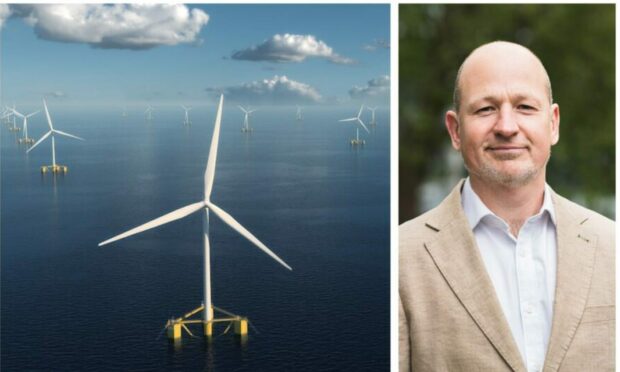
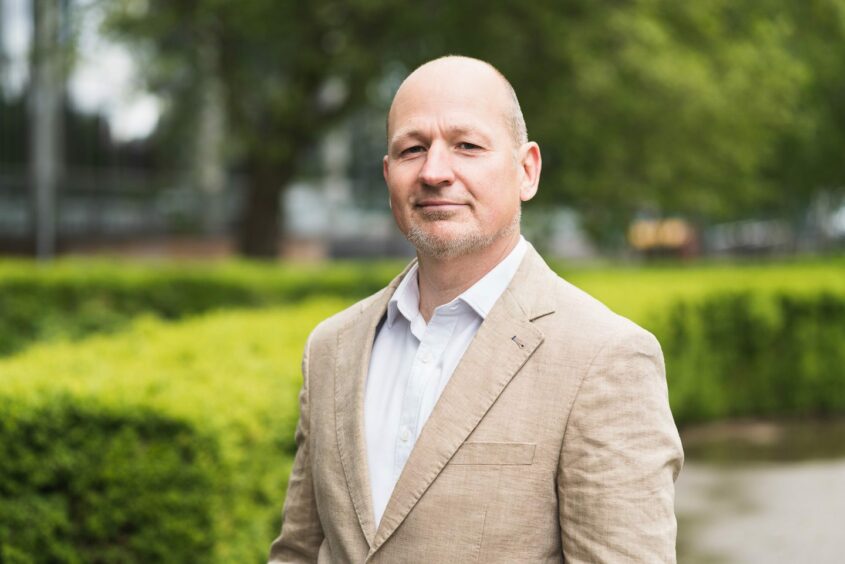
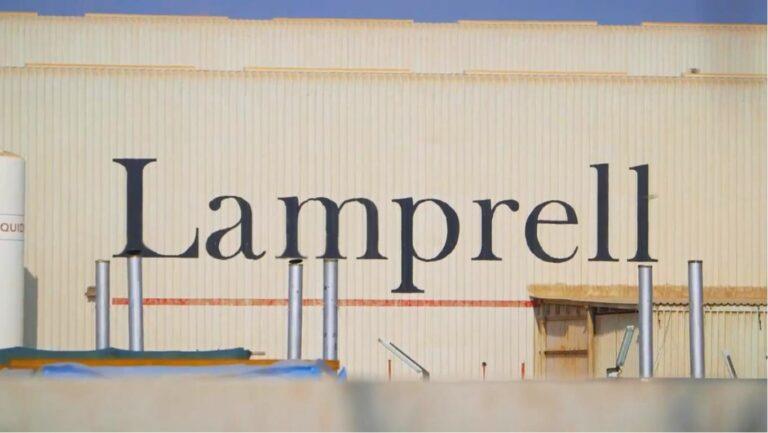
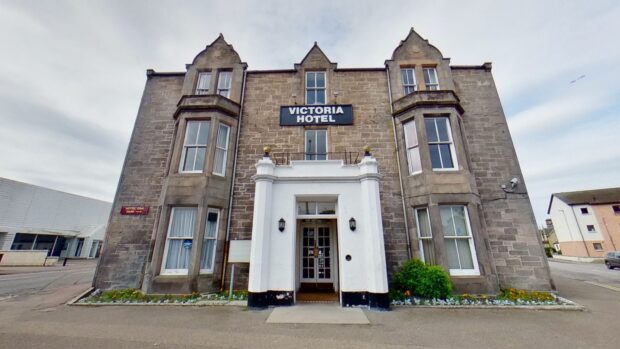



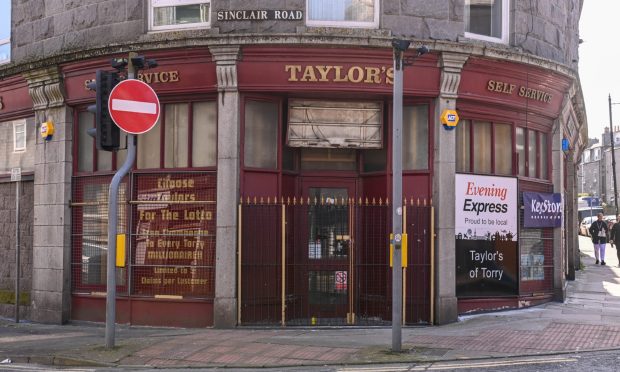
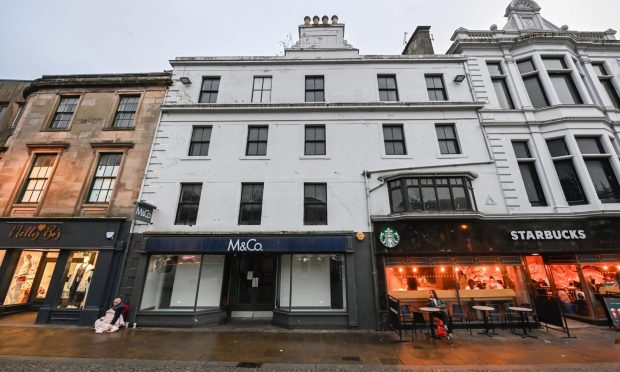
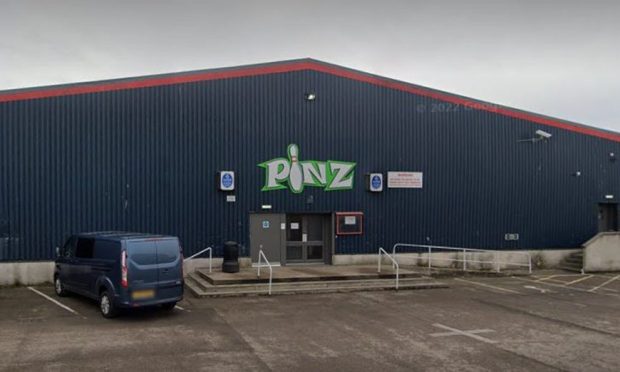
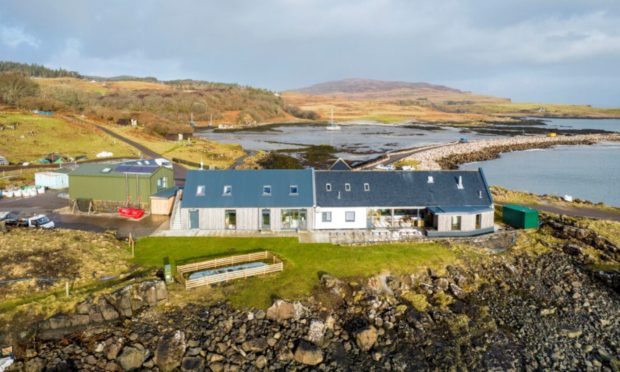


Conversation